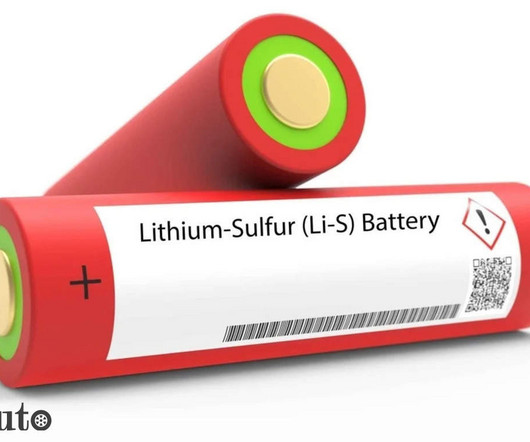New doped graphene cathode with MoS2 loading enables highly stable Li-sulfur battery
Green Car Congress
DECEMBER 14, 2019
A team at the University of Manchester (UK) has developed a doped graphene cathode for highly stable lithium-sulfur batteries. In an open access paper in the Nature journal Communications Chemistry , they report 100% charge capacity of Li-S batteries using the cathode material with 500 charge/discharge cycles at 0.5
















Let's personalize your content